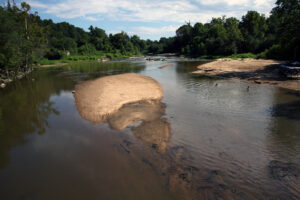News
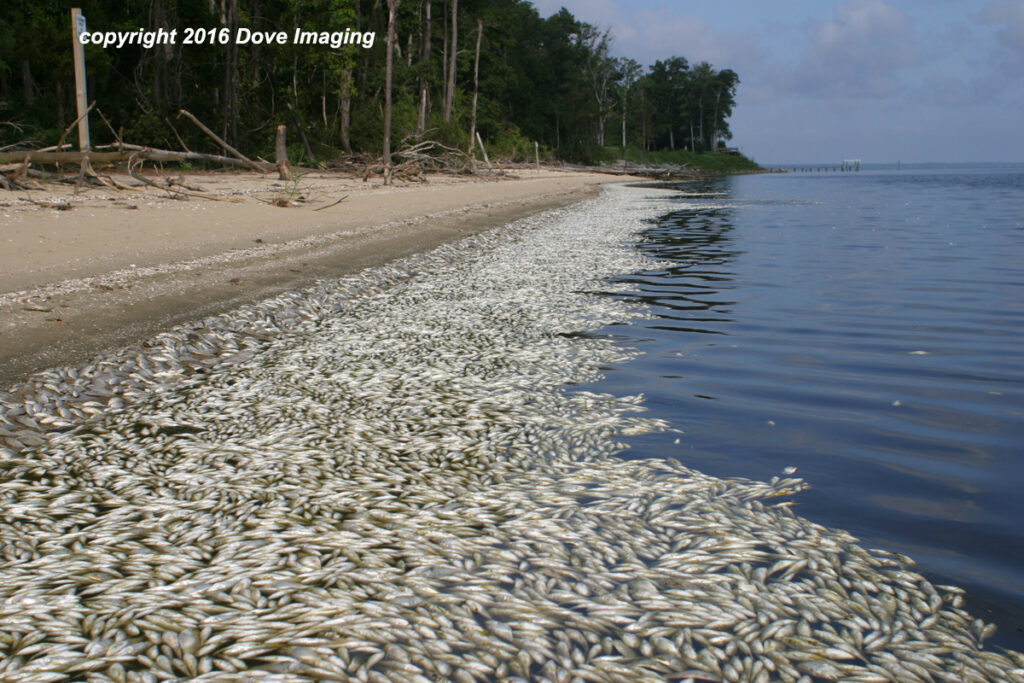
A billion dead fish occurred on the Neuse River in the 1990's. Photo credit: Rick Dove
Regulatory “Reform” Train keeps on a Rollin’
Generational progress for clean water at risk
To “reform,” according to Merriam-Webster.com, is “to improve (someone or something) by removing or correcting faults, problems, etc.” When this definition is applied to regulatory reform efforts coming out of the General Assembly in recent years, it prompts two important questions: For whom are regulations being improved, and what “improvements” are necessary to serve the population in question?
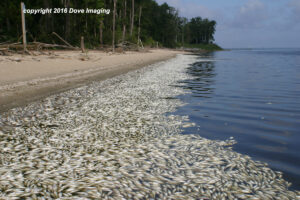
One population being served by regulatory reform is the legislature itself. The General Assembly grants rulemaking authority through legislation, but state agencies that enforce rules work for the governor, not for the legislature. Some reforms have been made to give the legislature more control over final rules and rule implementation. The pattern of reforms by by the current legislature also makes one thing abundantly clear; our elected leadership and appointed environmental leaders in Raleigh believe regulations are inherently bad for business. Unfortunately for the public, environmental protections one of the main targets of regulatory rollback efforts. The motto, “Protect People, not Polluters” has been turned on its head with a change in ideology that now views environmental protection as detrimental to our state’s future. Recent General Assembly action has not sought to protect the people of North Carolina, but rather to benefit polluters.
Since 2011, there has been a Regulatory Reform bill ratified by the legislature every year, with many of the provisions seeking to rollback or limit the scope of environmental rules. Regulatory reform is not new to this decade and in fact has its roots back to the mid 1980’s when the NC General Assembly sought to gain more control over new rules that were developed by agencies and passed by a legislative created commission.
As stated in blog posts by former Assistant Secretary of the Environment Robin Smith, the mid-1980s also saw water quality rules start to impact development in North Carolina.
“Those rules included the first state stormwater management requirements for new development projects. Since then, a series of water quality initiatives have used stormwater standards, density limits and riparian buffers to reduce the impact of polluted runoff from developed areas. A combination of density limits, buffers and stormwater controls became part of the basic water supply watershed program designed to prevent pollution of drinking water supplies. Those same tools became part of the comprehensive water quality strategies to reduce nutrient over-enrichment in the Tar-Pamlico River, Neuse River, Falls Lake and Jordan Lake. In the nutrient strategies, development standards represented one part of a much larger set of pollution reduction measures that also included tighter controls on wastewater discharges and best management practices to limit agricultural runoff.”
“Why has regulatory reform come to focus so heavily on water quality rules? In one way, water quality rules seem to be an odd focus for so much regulatory reform activity since federal requirements drive so many of the rules. But while federal law requires the state to reduce pollution causing impaired water quality (like the nutrient problems in the Tar Pamlico River, Neuse River, Falls Lake and Jordan Lake), federal rules do not dictate the remedy. Much “reform” from the legislature has targeted the remedy — a comprehensive strategy that reduces direct discharges of the pollutant (from wastewater treatment plants and industrial dischargers) and indirect runoff from agriculture and developed areas. In these instances, things happening under the banner of “regulatory reform” are not so much about eliminating unnecessary and burdensome regulations. It is really about how the state will solve complicated environmental problems and whether the burden of pollution reduction will be shared by all of the sources contributing to the problem.”
Sound Rivers couldn’t agree more.
Related News
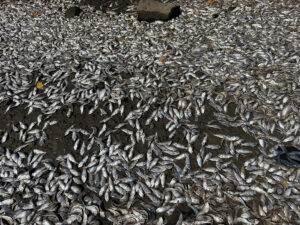
Neuse fish kill expected to extend beyond holiday weekend
July 3rd 2025
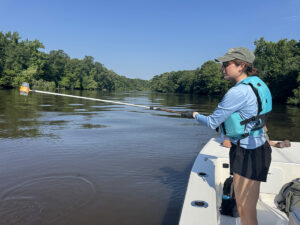
Swim Guide fails prompt Maple Cypress investigation
July 3rd 2025

Riverkeeper, town partners root out source of Smithfield sediment pollution
July 3rd 2025
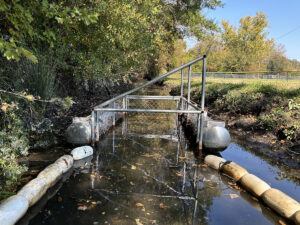
Trash trap No. 12 approved for Smithfield
July 3rd 2025
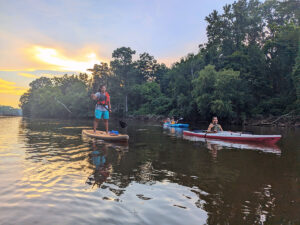
Sunset River Paddle fundraiser boosts Water Quality Fund
July 3rd 2025

Riverkeepers host quarterly Water Watch meeting
July 3rd 2025
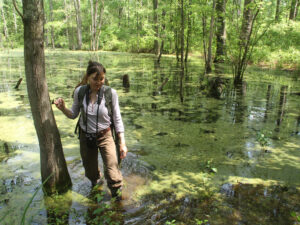
Public hearing will determine the fate of many NC wetlands
June 26th 2025

Clayton gets first official trash-trap cleanout
June 25th 2025
